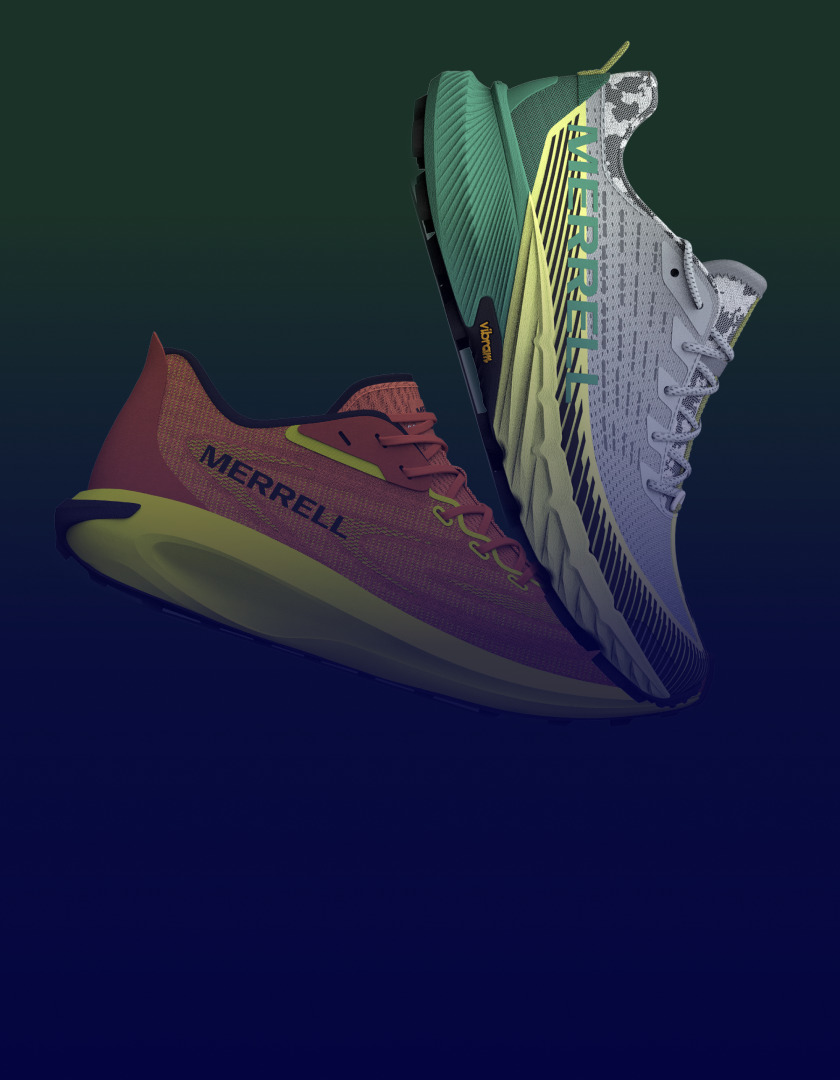“We looked at the costing spreadsheets that each team was sending out to vendors by category. For example, if we had one vendor that had 18 categories, they got 18 spreadsheets, three times a season.”
Brigid Gibson, Product Continuity Manager at Duluth Trading Company and the PLM manager for the company, explains how the merchandising team was managing costing with their vendors. Gibson worked with the merchandisers to bring the process into PLM. Today, that costing is done in Centric PLM™ and Duluth was able to eliminate more than 80 different costing spreadsheets. What else has Centric PLM done to drive efficiency into this successful apparel business?
About Duluth
Founded in 1989 and based in Mt. Horeb, Wisconsin, the company offers high quality, solution-based casual wear, workwear and outerwear for the outdoor enthusiast, along with innovative tools, ingenious gadgets, luggage and bags for men and women “who lead a hands-on lifestyle and who value a job well-done.” Products are available through Duluth’s website, catalogs and “store like no other” retail locations. They offer a No Bull Guarantee.
Before Centric PLM
Gibson joined Duluth in 2019 to head up the company’s renewed focus on Centric PLM which was implemented in 2016. She speaks to the state of product development prior to PLM, “We would make Excel tech packs and send the Adobe Illustrator® files of the sketches back and forth to our factory teams and agents, so there were multiple versions of everything. As you can imagine, that adds up very quickly to thousands of files. Sometimes you would be cc’d on things for visibility but other times not. If somebody’s out sick and there’s a question, you don’t know the answer until the person gets back. And if people from other teams needed info, we’d have to build a spreadsheet pulling all the data together, and then send it. But if something changed, that spreadsheet would immediately be outdated. It was hard. It is a lot of moving pieces.”
Material and color libraries were on shared drives or even in people’s personal folders. Gibson says, “We were developing products, but it wasn’t very efficient for the growth that we were trying to build with Duluth.”
A Trusted Partnership
Duluth selected Centric PLM and implemented Centric’s recommended phased approach of ‘crawl, walk, run.’ Says Gibson, “We onboarded our product, design team and tech design teams first, getting development in—the BOMs and sketches and so on.” Since then, Duluth has relied on Centric PLM, periodically upgrading to newer releases to take advantage of the market-led features for even better efficiency.
Defining a Role
Gibson says, “When I came on board, I was learning the system, which had been implemented several years prior. The goal was to refresh and optimize. So I just started asking people, what information do you need that you’re not getting, or you get too late? Or, is there anything annoying or frustrating about the system that can be improved? I was taking it all in. The thing that I noticed was, a lot of people had data in other places like an Excel spreadsheet. So I began trying to get rid of the ‘other’ spreadsheets.”
“I started with the tech design team because they were in the system the most and the most comfortable with it at the time. They had their own little charts of all the styles that they were developing for a season. Much of the information was duplication like the product name, the product number and category.” She figured out that it was mostly dates that they needed.
Due to the configurability of Centric PLM, Gibson was easily able to add a ‘date’ attribute. “And filtering by ‘tech designer’ you can pull up all your styles which puts those dates in one place. There’s a column for comments. The users can see their own stuff, but they can also see anybody else’s so if somebody’s out sick and a vendor has a question, you can look up the status of that development. That was a huge win to gain visibility within one team.”
After that, Gibson just started “tackling every rogue spreadsheet that I could, figuring out how to get it into PLM.” She evolved her role to constantly improve the company processes to make them more efficient.
A Win-Win for Company and Vendors
“Onboarding vendors in the system eliminated the need for all the attachments and emails. They can see everything right in PLM, too.” Gibson cites stats from 2023, “97% of our apparel sales came from products that were developed with our vendors in Centric. It is huge for us to not have to do as much back and forth via email; we use the system for that now.”
PLM has also very positively impacted sample tracking. At 1,000 products per season, the number of samples can be staggering. But since all of the data is in Centric PLM, users can easily determine what has been received and what hasn’t via different views. It also gives suppliers more notice. “We are now able to inform our vendors more in advance the number of samples we’re expecting to order every season. So as we’re growing, we’re working with the calendar to make sure that the vendors have enough lead time and we can avoid rushing those samples.”
When asked how difficult it was to get the vendors onto PLM, Gibson says, “It is almost too easy! The vendor is only seeing the attributes and data they need to see via a supplier request; they can only see the data that is included in that request. It’s very easy to manage on that side of things. We’ve had a lot of success with it.”
Beauty is in the Eye of the Viewer
Centric PLM is highly configurable to cater to each individual’s specific role or for data export. Gibson says, “I love making views for my team members that have exactly what they need; nothing less, nothing more. We can create those different views appropriate to each role: design, tech design, merchandising. They only see the data that they need to see, which makes it a lot less intimidating to use.”
“What we’re calling ‘read-only’ simply means you can’t edit the data itself but those users can download the information they need in the format they need it in. It has been a huge time and resource savings. We give people the authority to answer their own questions instead of having to reach out on every single thing.” Gibson relates an anecdote. “The other day, somebody scheduled time with me to ask for a specific view in the system. Turns out that I had already set up a view for them that gave them what they needed. I had them look and they saw the functionality and replied, ‘Perfect, I don’t even need a meeting anymore!’ To configure that view for them had taken me maybe two minutes.”
Efficiency Gains
To demonstrate the efficiency gains, Gibson shares the following: “When we first started with Centric PLM, our women’s business was small—we were mainly men’s apparel.”
In 2016, for our first season using Centric PLM, we had 100 Women’s styles. This upcoming fall season, we'll have 300.
“And yet we did not triple the number of team members, but we’re able to scale faster than the amount of people because one designer and one tech designer can develop more styles per season because of the improvements that PLM has given us. In 2015, we were at $304 million per year. And then in 2021, we were close to $700 million. So we’ve grown a lot in the past eight years.”
High Adoption Rates and Continuous Improvement
Gibson conducts routine meetings with Centric PLM super users across departments to stay updated on their progress and address any concerns that may have arisen. “I did not know the system when I started. I learned it from people who were already using it at Duluth, so I took in all of the information. Centric PLM is easy to use, which is huge. User adoption depends on it—to be able to not get frustrated when you’re trying to learn a new system because some systems are clunky and hard to learn. Centric is very intuitive. And it’s only gotten better. Even in the three years that I’ve been here we’ve upgraded, and it gets better all the time.”
Executive Justification
When asked how to get upper management to support PLM, Gibson says, “The system speaks for itself as we keep making processes better. A big company initiative is faster time-to-market and seeing how we can leverage Centric PLM toward that goal has allowed us to get budget approval for system enhancements. It is making everyone’s jobs easier based on different company metrics, like reduced hours to complete tasks and especially dollars saved. We’re better at cost negotiations because we have all the information and easier access to our product development team. This results in cost savings. We can see all of that with the system, which is great.” She adds that being able to see the number of styles moving forward versus being dropped within a season has been a true revelation. Gibson says, “The executives know that we need to move quickly with the market and we can’t do that without the software that’s going to help us make everything more efficient.”
New to Centric PLM? Learn more
Centric AI Fashion Inspiration Learn more
What is Centric Planning? Learn more
Demand Planning Learn more
Assortment Planning Learn more
Allocation and Replenishment Learn more
What is Centric Pricing & Inventory? Learn more
What is Centric Market Intelligence? Learn more
Centric Visual Boards Learn more













